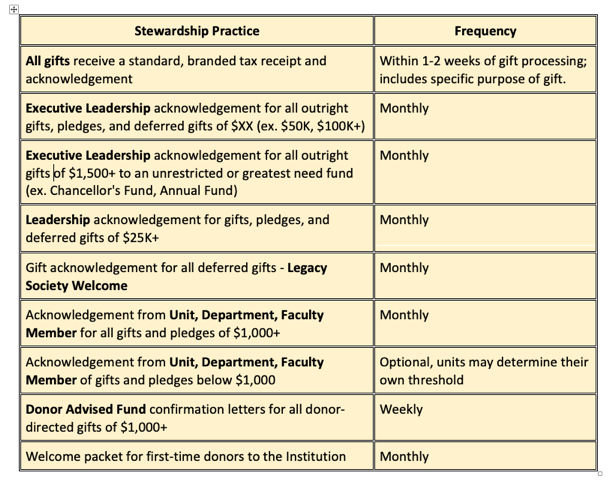The number of organizations accepting Bitcoin and other cryptocurrencies has been steadily growing in recent years. For example, UNICEF has been accepting cryptocurrency since 2019[1], whereas another well-known organization, Save the Children, began taking the digital currency in 2013[2].
For many organizations, the idea of accepting cryptocurrency may feel impossible—you may even doubt the benefits of receiving digital currency. But with the right approach and knowledge, your organization can benefit significantly from accepting cryptocurrency.
Here’s what you need to know if your organization is considering accepting cryptocurrency gifts.
Things to Consider
Cryptocurrency is a digital currency that runs on decentralized networks and has secured cryptography. It does not have an issuer or a centralized regulator—which means it’s not controlled or influenced by a government or organizations like banks.
Cryptocurrency is like a digital asset that exists on a network spread over a vast number of computers. It can be thought of as secure digital files as money for transactions.
The decentralized network usually comes in the form of a blockchain—technology that records and manages digital transactions—and uses a peer-to-peer network to form blocks of information linked to new blocks whenever new data or transactions appear. Because of this, it’s easy to trace and impossible to duplicate or counterfeit.
The Benefits
Accepting cryptocurrency benefits donors and organizations alike. One of the most significant benefits for organizations is the ability to reach a younger generation, specifically millennials and Generation Y. These generations are technology savvy and form the single largest generation of contributors to the economy[3]. Other benefits of accepting cryptocurrency include:
- offering an additional payment method;
- expand your donor reach and diversify your audience;
- take advantage of significant tax breaks;
- convenient and fast;
- monetary value remains stable over time; and
- offers your organization a competitive edge.
How to Accept Cryptocurrency
Even though it may be overwhelming at first, most organizations can begin accepting donations via cryptocurrency with some simple additions to their fundraising policies and procedures.
First, decide how your organization will accept donations. You can opt for a payment processor, a personal wallet, or a hybrid model. Individual wallets help you to directly and manually control your cryptocurrency. The downside of this model is that it does require you to have an in-depth understanding of how cryptocurrencies operate. It may be more of an undertaking but ultimately worth it since you can use web wallets (online), software wallets (downloaded), and even hardware wallets (devices).
The payment processing method is the more preferred choice for most organizations since it acts as a third-party processor and diverts the technical expertise and offers better security. This option offers you a fast and straightforward mode of accepting cryptocurrency donations but does come with its own set of requirements.
Payment processors that can handle cryptocurrency donations include:
- Engiven: A platform specially designed for 501(c)3 nonprofits to easily manage their cryptocurrency donations.
- The Giving Block: The go-to payment solution for over a hundred nonprofits and universities that accept crypto donations.
- Bitpay: Currently one of the most powerful platforms for managing nonprofit cryptocurrency.
Then there is the hybrid model which offers you components of the personal wallet and the payment processor. This model provides better tracing features for donations and blockchain transactions and may have a better interface and user experience compared to wallets. But a hybrid model doesn’t include dedicated management of payment processors or the total independence of wallets.
Cryptocurrency Policies and Procedures
When you decide to move in the direction to accept cryptocurrency gifts, consider these things to ensure compliance.
- Update your gift acceptance policy for accepting cryptocurrency gifts for your institution.
- Educate your staff about institutional policies surrounding cryptocurrency and why its important.
- Establish oversight in these initial stages of accepting these gifts to carefully evaluate the acceptance process and discuss lessons learned to update or modify policies accordingly.
Cryptocurrency is a phenomenon that has the potential to become as far-reaching as the internet itself. For any emerging industry—including nonprofit organizations—those that adopt these policies early on will benefit significantly, including reaching a younger donor population that has historically been a struggle for institutions. Cryptocurrency donations allow you to tap into digital finances and virtual money, which continue to grow bigger every day.
[1] https://www.unicef.org/press-releases/unicef-launches-cryptocurrency-fund
[2] https://www.savethechildren.org/us/ways-to-help/ways-to-give/ways-to-help/cryptocurrency-donation
[3] https://www.pewresearch.org/fact-tank/2018/04/11/millennials-largest-generation-us-labor-force/

